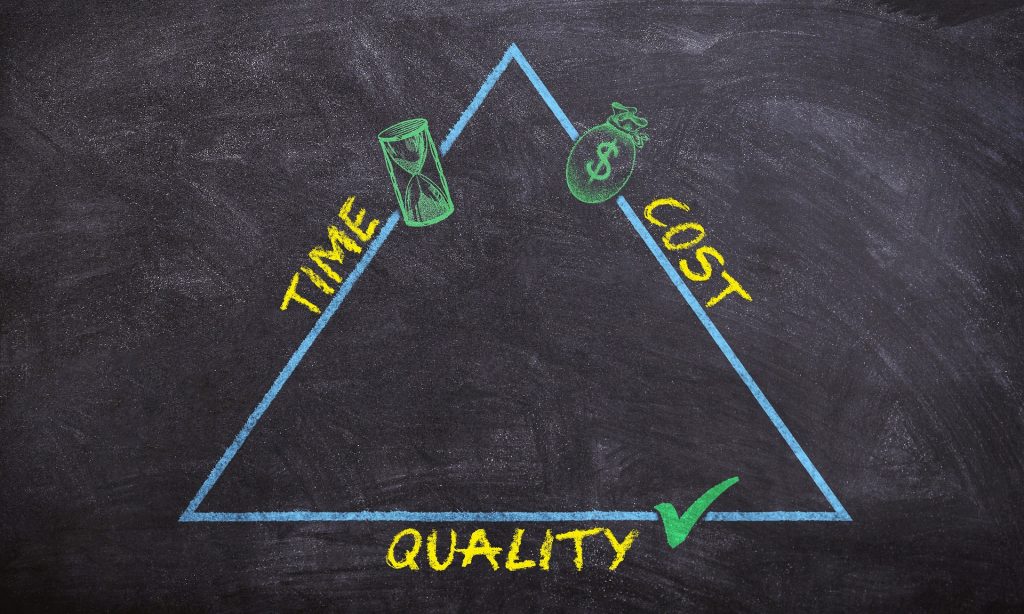In a world driven by consumerism, every business seeks to strike the perfect balance between delivering high-quality products and services without breaking the bank. But let’s face it, in today’s marketplace, where options are aplenty and attention spans are shorter than ever, it’s not just about offering the best bang for the buck – it’s about creating a memorable experience that makes customers keep coming back for more, while still maintaining a healthy bottom line.
Today, we’re going to dive deep into the realm of product and service pricing strategies, exploring ways to harmonize the delicate dance between quality and price in an ever-changing, fiercely competitive landscape. So, buckle up, and let’s embark on a pricing Odyssey that will change the way you view your business and help you pave the way to sustained success!
Table of Contents
Introduction: Understanding the Importance of Pricing Strategies
In today’s competitive business landscape, establishing the right pricing strategy is crucial for success. Pricing is a delicate balance between generating revenue and attracting customers while ensuring profitability. It requires careful consideration of various factors, including market demand, production costs, competitor pricing, and brand positioning. An effective pricing strategy maximizes profit and enables businesses to maintain a stable market position without sacrificing product quality or customer satisfaction.
By understanding the critical role pricing strategies play in business development, companies can make informed decisions to drive growth and achieve their revenue goals.
Price Elasticity of Demand: How to Determine the Right Price
Understanding the Price Elasticity of Demand is crucial in determining the right price for your product or service. This concept measures the responsiveness of consumer demand to changes in price. The formula for calculating price elasticity is % Change in Quantity ÷ % Change in Price. Knowing your product’s price elasticity allows you to gauge whether it is sensitive to price fluctuations, ensuring you set the optimal price to maximize profits and customer satisfaction.
In essence, a well-considered pricing strategy that takes price elasticity into account can significantly impact the success of your business.
Common Pricing Strategies: Competition-based, Value-based, Cost-plus, and more
Navigating the world of pricing can be complex, but understanding common strategies can make it easier. Competition-based pricing involves setting prices based on competitors’ rates, often to attract price-sensitive customers. Value-based pricing focuses on the perceived value and benefits a product brings to the consumer, allowing for potentially higher margins. Cost-plus pricing calculates prices by adding a fixed markup to production costs, ensuring a consistent profit margin.
By familiarizing yourself with these strategies and their associated pros and cons, you can confidently pinpoint the pricing approach that best aligns with your business’s objectives and target audience.
The Role of Quality in Pricing Strategy: How to Price Premium Products
When pricing premium products, it is essential to consider the quality of the product as a major factor. Premium products typically carry a higher price tag due to their superior quality, design, or performance compared to competitors. To successfully price such products, businesses must accurately convey the value and benefits associated with the product’s top-notch quality to their target audience. This can be achieved through marketing efforts that demonstrate the product’s unique features or superior performance.
Ultimately, a well-executed pricing strategy for premium products ensures that consumers perceive the higher price as a reflection of the product’s exceptional quality, justifying the investment.
Behavioral Economics and Pricing: Understanding Customer Psychology
Behavioral economics and pricing strategies play a crucial role in understanding customer psychology and driving purchase decisions. By examining cognitive and emotional processes, businesses can tailor their pricing strategies accordingly. Techniques such as anchoring, the contrast principle, and the decoy effect capitalize on our cognitive biases to influence our perceptions of value. Additionally, the use of charm pricing and round numbers impacts customers’ emotional reactions to prices.
Ultimately, a well-thought-out pricing strategy that takes into account our psychological tendencies can significantly enhance a business’s sales, market presence, and customer loyalty. [1]
Pricing in a Competitive Market: Strategies to Stand Out
In today’s competitive market, implementing effective pricing strategies is crucial for businesses to stand out and achieve success. To navigate this landscape, businesses should consider factors like cost of production, revenue goals, and competitor pricing. By understanding their target audience’s willingness to pay and prioritizing value over merely undercutting competitors, companies can create a strong brand positioning that resonates with their customers.
Additionally, using a combination of tactics like bundle pricing and psychological pricing techniques can help businesses maintain a healthy balance between quality and price, ultimately driving sales and fostering customer loyalty.
Also read: Unleashing Entrepreneurship: 10 Powerful Strategies to Ignite Your Own Thriving Business
Dynamic Pricing: Using Technology to Adjust Prices in Real-time
Dynamic pricing is an innovative strategy that leverages technology to adjust prices in real-time, based on factors such as demand, supply, and customer behavior. This data-driven approach enables businesses to maximize profits and stay competitive in rapidly-changing market conditions. With the assistance of sophisticated algorithms and machine learning, companies can quickly adapt their pricing to reflect current trends, capitalize on peak demand periods, and optimize revenue generation.
This smart pricing method is particularly beneficial in industries such as hospitality, e-commerce, and transportation, where fluctuations in demand and consumer preferences are common.
Bundling and Package Pricing: Increasing Sales and Revenue
Bundling and package pricing is an effective strategy for businesses to maximize sales and revenue. This approach involves combining multiple products or services into a single package and offering it at a discounted price. By bundling complementary products together, businesses can provide customers with a more comprehensive solution to their needs, which often encourages them to opt for the package deal instead of purchasing individual items.
In addition, the perceived value of bundled offers may persuade customers to pay more than they would for the same products or services sold separately, thereby driving up revenue for the seller.
Pricing for E-commerce: Adapting Pricing Strategies to Online Marketplaces
In the world of e-commerce, adapting pricing strategies to online marketplaces is essential for success. Business owners must find a balance between offering competitive prices and maintaining a healthy profit margin. This can be achieved by exploring various pricing models, such as penetration pricing, price skimming, economy pricing, and dynamic pricing. These strategies cater to different customer segments and can help attract a loyal consumer base.
By understanding market conditions, customer demand, and competition, e-commerce businesses can create an effective online pricing strategy that ensures both profitability and customer satisfaction.
Also read: How to Set Up an Affordable Online Store at a Low Cost?
Conclusion: Finding the Right Balance Between Quality and Price
In conclusion, finding the right balance between quality and price is crucial for any business. A successful pricing strategy should take into account factors such as cost of goods, competitor pricing, and consumer demand. Additionally, by employing a Good-Better-Best (G-B-B) approach or combining various strategies, businesses can cater to a wider range of customers and maximize profits.
Ultimately, striking the perfect balance between quality and price requires a thorough understanding of the market, close monitoring of trends and competitors, and careful analysis of consumer needs and preferences, ensuring sustained growth and success for the company.
References
 Join Kuwait Mart's WhatsApp Channel and be the first to know about new deals and products
Join Kuwait Mart's WhatsApp Channel and be the first to know about new deals and products














